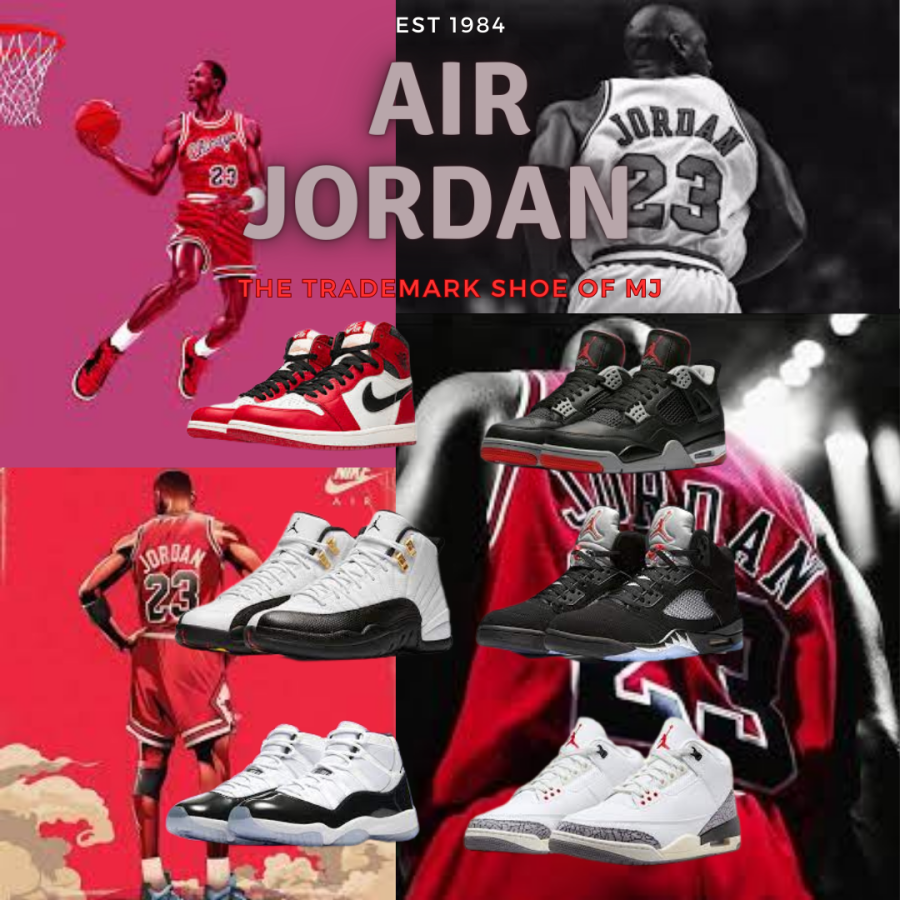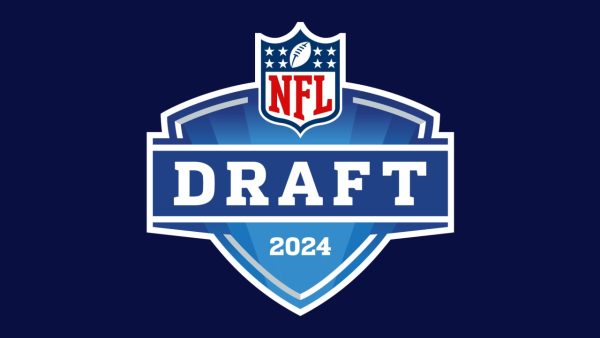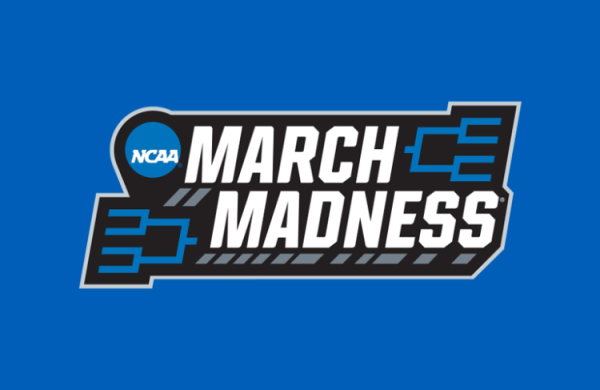Air Jordan: The History of the Most Iconic Sneaker Line
Although some people think Michael Jordan isn’t the greatest of all time, his shoes certainly are
May 8, 2023
What comes to mind when you think of Michael Jordan? Basketball obviously. His legendary career? But there’s something else that separates MJ from the rest: his shoes. Where did the Air Jordan shoe line originate? What is so iconic about these shoes?
Back in 1984, Michael Jordan was a little-known player from the University of Carolina. Nike, (which was a much smaller company back then) took a chance on the promising prospect that was Jordan. Nike had to go to great lengths to get Jordan on board. Originally Michael was wanting to partner with Adidas, but Nike convinced him otherwise. Michael wanted a shoe that was designed specifically for him, and Jordan also wanted a cut of the revenue gained by the sales of the shoe.
Peter Moore was the mastermind behind the original Air Jordan 1. Moore implemented newly-introduced Nike Air technology into the shoe. Moore also decided the first colorway of the Jordan 1 should be designed after the team Michael was drafted to: the Chicago Bulls, hence the original “Chicago” colorway was born.
Enlarge

But there was one problem with the Air Jordan 1. The shoes broke NBA rules. Back then, shoes were supposed to be mostly white, stated by NBA uniform rules. The Air Jordan 1 was mostly red and black, so Michael was forced to pay a $5k fine every time he wore the shoes in-game. Despite this, Michael Jordan had a great rookie year winning the Rookie of the Year, and dominating from the start. Nike also made commercials recognizing the shoes were banned by the NBA: hoping to gain more interest in the shoe. The scheme worked and the Air Jordan 1 sold like hotcakes.
Nike decided they would introduce a new model of Air Jordan shoe about every year. For 1986-87, Nike designed the Jordan 2. Nike winged it and the result was the sales flop that was the Air Jordan 2. Nike didn’t ask about Jordan’s opinion on the shoe as much. Jordan wasn’t involved with the Jordan 2 as he was with the Jordan 1 and a rift began to emerge between Mike and Nike. To add to the disaster, Michael Jordan injured his foot and missed 64 games of the 1985-86 season. After this, Nike fired lead designer Peter Moore in favor of Tinker Hatfield.
Tinker decided to ask what Michael wanted in a shoe. Mike said that he wanted a shoe that he could break in almost instantly, he also wanted the shoe to be light and stylish. Hatfield went back to the drawing board to create what is known as the Air Jordan 3. The Jordan 3 featured a tumbled leather upper material (which enabled the shoes to be broken in quickly), the first visible Nike Air unit in a Jordan shoe, and the tongue of the shoe incorporated the Jumpman logo (the first Air Jordan shoe to do so).
Many people credit the Air Jordan 3 for saving Nike from losing Jordan. When released (1988), the Air Jordan 3 was a hit. Combined with Michael Jordan’s performance on the court, the Jordan 3 was practically printing money for Nike. Michael Jordan was on another level during the 1987-88 season: 35 points, 5.5 rebounds, and 6 assists per game on an astounding 53.5% shooting from the field. Michael Jordan’s 1987-88 season is widely regarded as the best regular season in NBA history.
The Air Jordan 3s, 4s, 5s, 6s, and 7s are just revisions of the Jordan 3, with different panels and materials. All of a sudden, after winning three NBA championships in a row, Michael Jordan retired from the NBA in 1993. Jordan wanted to get away from basketball, and mourn the recent death of his father. Jordan played baseball Birmingham Barons, and enjoyed his time away from the spotlight.
Then, Michael realized “Well, I might actually be good at basketball.” Subsequently, Michael Jordan returned to the NBA with the “I’m back” public announcement. Jordan rejoined the bulls in the middle of the 1994-95 season. Unfortunately, the Bulls were defeated in the second round of the playoffs by the Shaquille O’Neal-led Orlando Magic.
For the 1995-96 season, Nike announced another iconic Air Jordan shoe: The Air Jordan 11. The Jordan 11 featured a ballistic nylon upper, with a patent leather mudguard wrapping around the shoe, a translucent outsole, and a carbon fiber spring-plate.
Enlarge

Driven by anger, the Bulls went on their 1995-96 “revenge tour,” absolutely destroying all opposition. Michael Jordan led the Bulls to a 72-10 record, (a record that would stand until 2016, when the Golden State Warriors went 73-9) while showing everyone that he was back and here to stay. The Bulls won their fourth championship later that year, and went on to complete their second three-peat. During the “Last Dance” 1997-98 season, the Jordan 13 came out, which was the last Air Jordan shoe Michael wore in a Bulls jersey.
The newest Air Jordan, the Air Jordan 37s came out last year. From about Air Jordan models after model 13, Nike switched their focus to making a more functional purpose-built basketball shoe. To this day, Michael Jordan is profiting off Air Jordan shoes being sold. To put in perspective how successful the Air Jordan line has become, Nike has made $19 billion dollars off the Air Jordan shoe line from the past five years alone.
So in conclusion, the story of the Air Jordan shoe line by Nike has been a long one. Ups and downs, highs and lows, you name it Nike and their Jordan line has been there. The Air Jordan shoe line is a staple in pop culture and will continue to be for years to come.


















